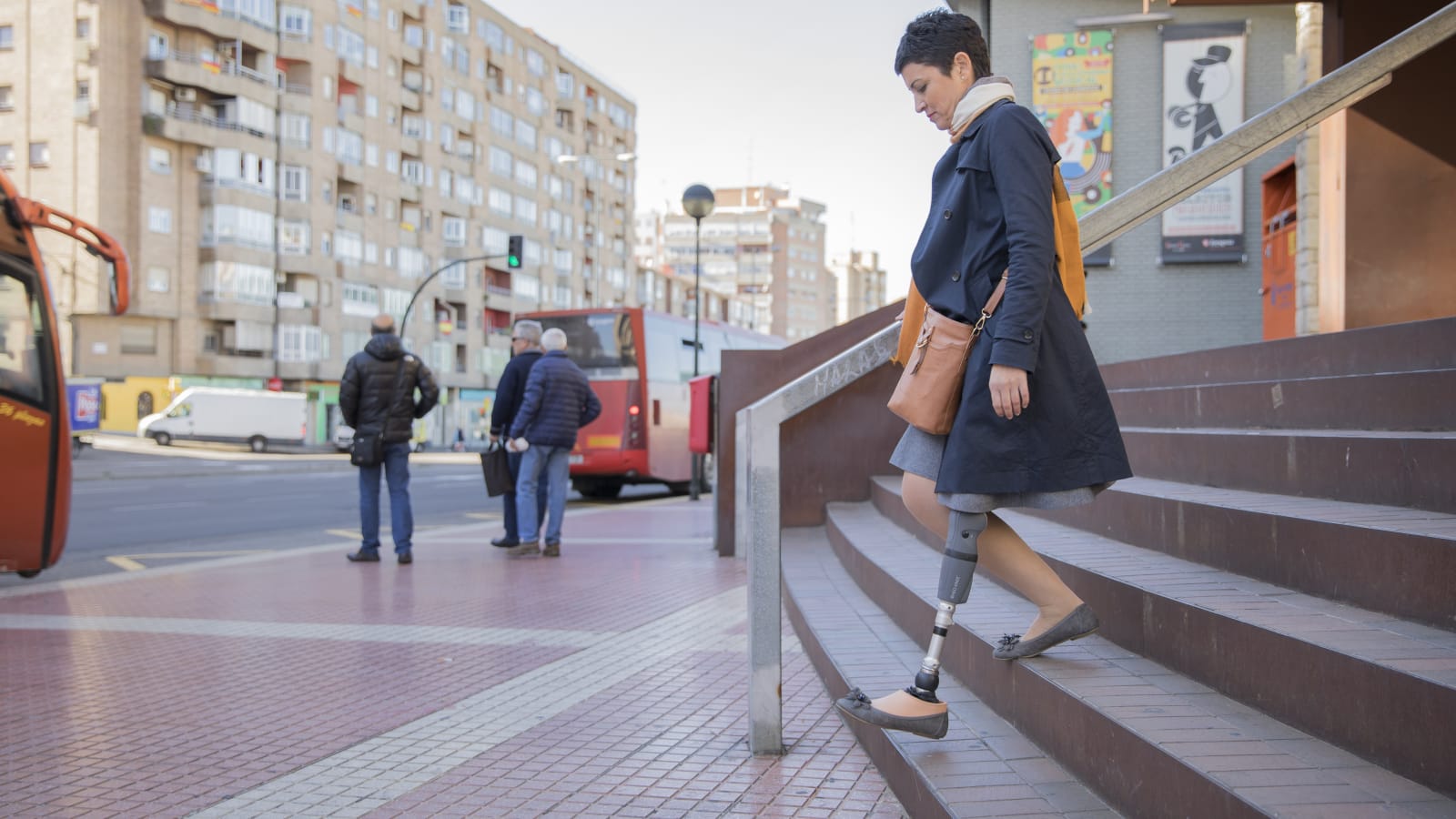Research on Knees
Read the available clinical studies on Össur knees..
Johansson, J.L. et al., 2005. A clinical comparison of variable-damping and mechanically passive prosthetic knee devices. Am J Phys Med Rehabil, 84(8), 563- 575.
Two variable damping knees, the magnetorheological-based knee RHEO KNEE by Össur, and the hydraulic-based Otto Bock C-Leg were compared with the mechanically passive, hydraulic-based Mauch SNS Knee by Össur. When using the RHEO KNEE, metabolic rate decreased by 5% compared with the Mauch Knee and by 3% compared with the C-leg. Furthermore, the RHEO KNEE showed an enhanced smoothness of gait, a decrease in hip work production, a lower peak hip flexion moment at terminal stance, and a reduction in peak hip power generation at toe-off compared to the Mauch Knee.
M. Barbara Silver-Thorn, P. & Christine L. Glaister, M., 2009. Functional Stability of Transfemoral Amputee Gait Using the 3R80 and Total Knee 2000 Prosthetic Knee Units. JPO Journal of Prosthetics and Orthotics, 21, 18 -31.
This study compared the Total Knee 2000 to the 3R80. It shows that the Total Knee 2000 increases stability via an increase in velocity, stride length, duration of prosthetic single limb support and a decrease duration of double limb support. Stability, confidence and comfort while walking in crowds, on uneven terrain and while ascending steps was shown subjectively to increase.
Sutherland, J., Sutherland, D., Kaufman, K. and Teel, M. Case Study Forum: Gait Comparison of Two Prosthetic Knee Units. J Prosth Orthot, 9, 168-173, 1997.
Synopsis: The Total Knee demonstrated a slight initial knee flexion during stance, similar to non amputees. Walking velocity and stride length were improved with the knee and overall the gait parameters were more favorable with the Total Knee.
Johansson, S., Christiansson, B. and Karlsson, D. Gait analysis when comparing two polycentric knee joint for amputees. Biomechanic Seminars, 7, 152-156, 1993.
Synopsis: A comparison between Total Knee and OB 3R46. Downhill walking were performed with a higher speed for the Total Knee and the joint were considered to be more stable than the OB 3R46. Total Knee seemed to be the easiest knee to control.
Whitesides, T. E., Jr. and Volatile, T. B. Mauch S.N.S. hydraulic knee units in above-knee amputees. A long-term follow-up study. Clin Orthop, 264-8, 1985.
Synopsis: 60 transfemoral amputees were fitted with the Mauch SNS hydraulic knee with a success rate of 93%. 47 patients were available for direct surbey and the clinical evidence have shown that the knee unit is superior to single axis device. The Mauch knee units are recommended for use in the active transfemoral amputees.
Volatile, T. B., Roberson, J. R. and Whitesides, T. E., Jr. The Mauch hydraulic knee unit for above knee amputation. Orthopaedics, 8, 229-30, 1985.
Synopsis: The hydraulic Mauch knee were fitted to sixty one transfemoral amputees and only one rejected the knee for another device. A significant majority of the amputees stated that the Mauch knee unit gave them a smoother gait, ability to change cadence together with increased activity level and stability.
